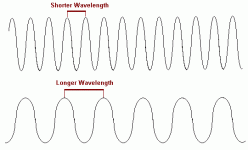My middle finger is 76,200,000 nm long.
Is it bright?
I keep looking at the 600th nanometer on my middle finger, but no glow...
Shouldn't I be seeing something between 400 and 700? all I see is finger.
Is it bright?
I keep looking at the 600th nanometer on my middle finger, but no glow...

Shouldn't I be seeing something between 400 and 700? all I see is finger.




